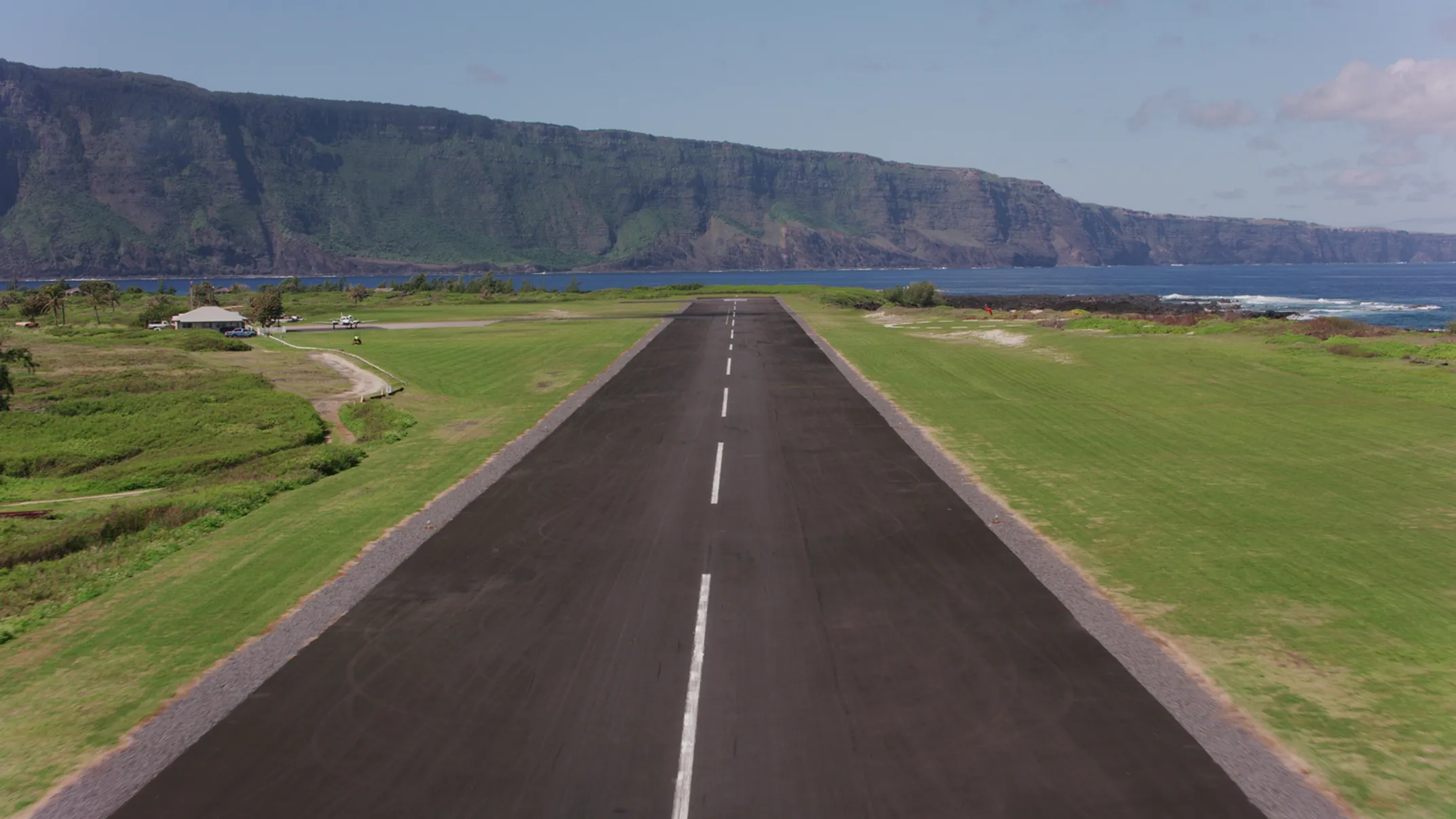
18 Minute PRIVATE Helicopter Flight
Honolulu Helicopter Tours • Helicopter • Honolulu • Oahu

Health, Laws & Ocean Safety Guide
Being pono means being righteous, upright, and in perfect order. It's about doing the right thing for yourself, for others, and for the land. This section is about how to stay safe and be a pono visitor.
⚠️ Critical Information:
You must have travel insurance. The U.S. healthcare system is notoriously expensive, and an unexpected illness or injury can lead to crippling medical bills. A simple trip to the emergency room for a few stitches could cost thousands of dollars. Visitor insurance is your essential financial safety net.
Minimum $50,000 coverage
Covers hospital stays, ambulance services, and doctor fees. Given the high cost of care, this is the absolute minimum you should consider.
Minimum $100,000 coverage
Critical for Hawaii! If you're injured in a remote valley or on a neighbor island, helicopter evacuation can cost tens of thousands.
Cancellation & Interruption
Protects prepaid, non-refundable costs (flights, hotels, tours) if you must cancel or cut your trip short for covered reasons.
Activity-Specific Protection
If you plan surfing, scuba diving, ziplining, double-check these "hazardous" activities are covered by your policy.
Cost vs. Value: Comprehensive travel insurance typically costs 4-8% of your total trip cost, making it a small price to pay for peace of mind. Many policies also offer 24/7 assistance hotlines that can help you find medical care, arrange evacuations, or handle other emergencies.
I've grown up in these waters, and they've given me everything. But I never, ever underestimate their power. The ocean here is not a swimming pool; it is a wild, living force that demands respect. My most important piece of advice is this: If in doubt, don't go out. There is no shame in sitting on the sand and just watching the waves. The lifeguards are your best friends—talk to them before you even dip a toe in the water.
Powerful, narrow channels of water that pull away from shore. You can spot them as gaps in breaking waves or channels of churning, debris-filled water.
If caught: Stay calm, don't fight it. Let it pull you out, then swim parallel to shore until the pull lessens, then swim back at an angle.
Powerful waves that break directly on sand in shallow water. Can look small but slam you with incredible force.
Safety tip: Never turn your back to waves. Avoid bodysurfing in shorebreak unless highly experienced.
Beautiful reefs are living ecosystems. Walking on them kills coral and risks nasty cuts that easily become infected.
Always: Be aware of the bottom when swimming or snorkeling. Never stand on coral.
Lifeguarded beaches use a universal flag system to communicate ocean conditions. Pay close attention to them; they are there for your safety and are updated throughout the day based on changing conditions.
Low Hazard
Conditions are calm. Normal caution advised.
Medium Hazard
Moderate surf/currents. Weak swimmers stay out.
High Hazard
Dangerous conditions. No swimming recommended.
Water Closed
Extremely dangerous. Do not enter water.
Marine Life
Jellyfish, man-o-war, or other hazards spotted.
Our marine life is precious and protected by both state and federal laws. Harassing or touching these animals can result in massive fines and even jail time. The rule is simple: give them space.
Stay 10+ feet away (in water and on land)
Sacred in Hawaiian culture and endangered species protected by federal law.
Stay 50+ feet away (150+ feet if mother with pup)
Among the most endangered marine mammals with only ~1,400 individuals remaining.
Stay 50+ yards away
Federal law prohibits swimming with spinner dolphins as they rest during calm daytime hours.
Stay 100+ yards away (December-April)
These magnificent creatures migrate to Hawaiian waters to breed and give birth.
Be aware of sea urchins (wana) hiding in reef crevices, and stinging box jellyfish or Portuguese man-o-war that sometimes wash ashore. Signs are usually posted when jellyfish are present in large numbers, typically 9-12 days after a full moon.
The legal age to purchase and consume alcohol is 21. Driving under the influence (DUI) laws are very strict and heavily enforced. Hawaii has some of the toughest DUI penalties in the nation, including mandatory jail time for repeat offenders.
The legal age for tobacco and vaping products is 21. Smoking and vaping are prohibited in almost all public areas, including state parks, beaches, restaurants, and within 20 feet of doorways and windows of enclosed buildings.
Hawaii was the first state to ban sunscreens containing coral-harming chemicals oxybenzone and octinoxate. Use mineral-based (zinc oxide or titanium dioxide) products to protect both your skin and our reefs.
It is illegal to remove any natural material, including rocks, sand, and coral, from Hawaii's state and national parks. Beyond the law, there's a strong cultural belief that Pele, the goddess of volcanoes, curses those who take lava rocks. Every year, hundreds of boxes of rocks are mailed back by regretful visitors.
If you see a sign that says Kapu (forbidden/keep out), respect it. These signs mark sacred cultural sites, fragile ecosystems, or private property. Ignoring them is both illegal and disrespectful.
In Honolulu, it is illegal for pedestrians to cross the street while looking at a cell phone or other electronic device. You can be fined for "distracted walking."
Excellent! Now let's cover how to get around the islands and stay connected during your visit.
Transportation Guide →Always check with lifeguards before entering the water.
Violations can result in heavy fines and jail time.

Honolulu Helicopter Tours • Helicopter • Honolulu • Oahu

Honolulu Helicopter Tours • Helicopter • Honolulu • Oahu
